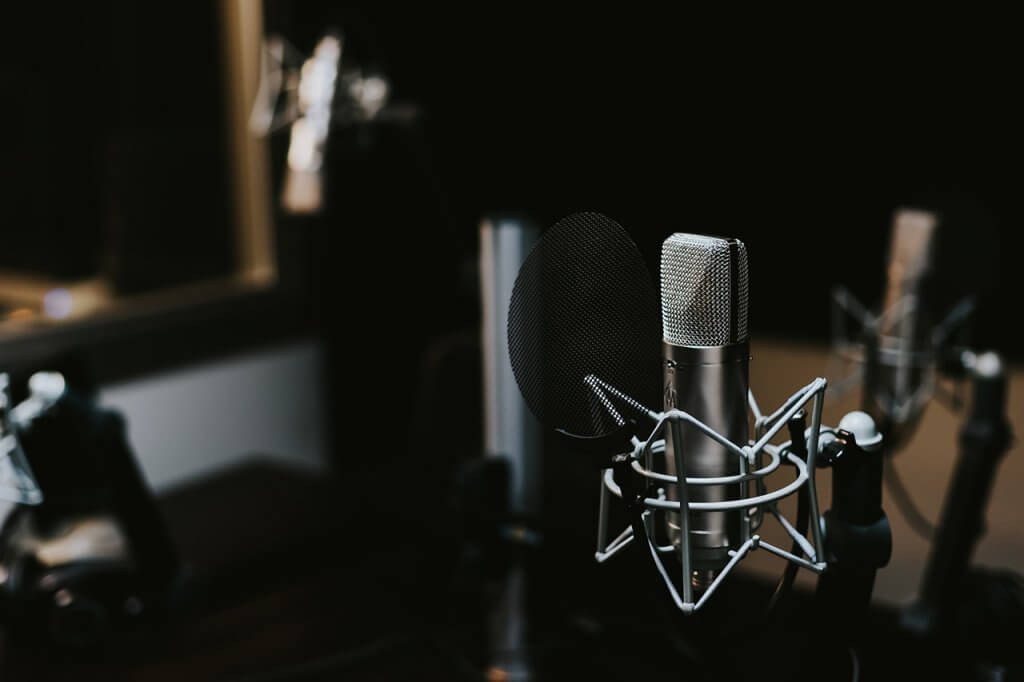It seems like ancient history now, but two decades ago when the internet was taking shape there was a lot of talk about what it would offer, and how it would become an indispensable tool. With the benefit of hindsight, we can now see what those early proponents were talking about, but we can also see where popular use has had a more important impact.
In some ways, the internet has become that “indispensable tool” we heard so much about. It has also become a mass meeting place, a place to escape and live in a pretend world, a place to play games, and the medium for availability and discussion about the information on all topics.
As a 30+ year media veteran, I cannot help but notice that the internet has also offered a voice to “common folks” previously available to large media houses. Online newsletters on a myriad of specialist subjects now reach thousands of subscribers all over the world. Similarly, broadcast media have now been opened up. Rather than the huge capital outlay for equipment and staff that used to be needed to start a radio station, indeed if you could even get a license, anyone with a computer and the few dollars necessary to monthly streaming costs can now broadcast globally.
Since the early days when crude automation systems were first introduced into broadcasting, there have been steady and remarkable improvements in the technology. Today relatively sophisticated software is readily available for free that does things those early systems could never dream of doing.
If you have ever thought about dipping your toe into the world of broadcasting then now is the time to do it, and the internet gives you not only all the tools you need but a platform to broadcast on that would have been the envy of any radio station not that many years ago.
Here’s what you will need:
An account with a stream host. I use a company called Strem101 because they’re cheap, but there are all kinds of them available and you can choose one that looks good to you.
A collection of music “ripped” (converted) to mp3 files.
A current copy of Winamp.
A copy of the Shoutcast DSP plugin for Winamp.

How to do it
Arrange a stream hosting account.
Put all your mp3 song files in a folder.
Download and install Winamp.
Download install the Shoutcast DSP for Winamp.
Open Winamp Preferences and click on DSP/Effects
Choose the Shoutcast DSP.
Enter the stream host settings in the Shoutcast DSP plugin.
Use the Winamp to select your folder of music and start it.

There are a few settings that you’ll need to tweak, but there are Readme files to help you through that. You’ll also likely want to set the Winamp preferences to Repeat playing once it has played all the songs in your folder, and select Shuffle to have Winamp automatically shuffle the songs and not just play them in order.
While this method works remarkably well, it is far from the level of sophistication that is available by using a free radio automation system like Zara Radio. These give you the capability to produce and execute a broadcast-style format that can sound as good as any AM or FM radio station.
I wish you luck! The internet has proven that no matter what your musical taste or style is, there will be someone out there who will at least give your online radio station a try.

